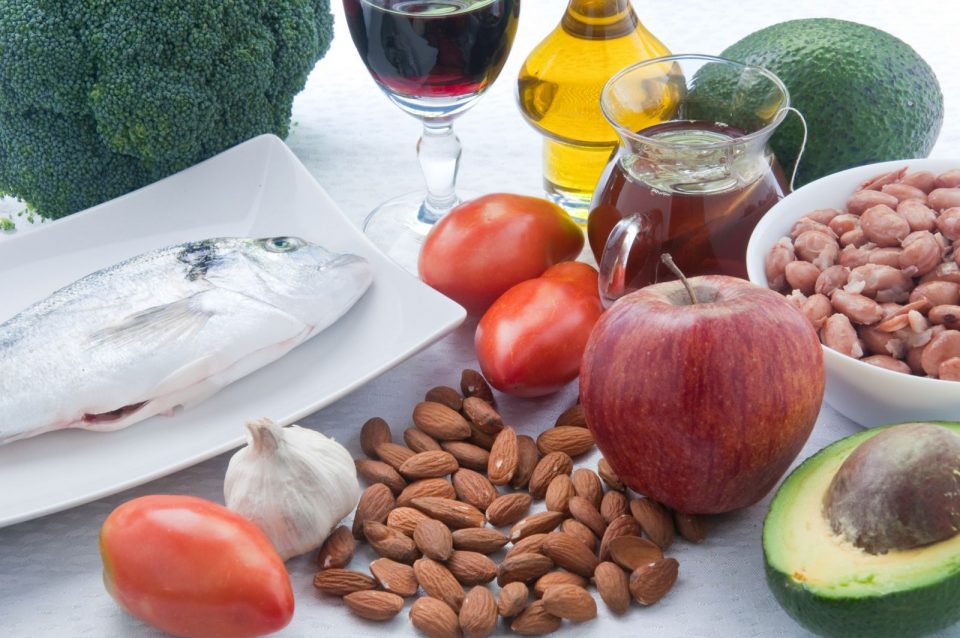Contrary to what most people think, cholesterol is a vital waxy-like substance needed for essential natural body functions such as vitamin D formation, certain hormones, cell membranes, and food digestion. So, cholesterol is not inherently bad. However, excessive cholesterol in the body can pose health risks, especially cardiovascular diseases such as stroke and heart disease. That is why it’s vital to have your cholesterol levels checked regularly. The liver makes all the body’s cholesterol, while the rest comes from animal food such as dairy products, poultry, and meat. These same foods are high in trans and saturated fats.
These fats make your liver to produce more cholesterol than usual. For some individuals, the increased production implies that they go from normal to unhealthy levels. Besides, certain tropical oils like coconut oil, palm kernel oil, and palm oil contain saturated fats that can increase blood cholesterol. These oils are mostly found in baked foods.
Types of Cholesterol
It is worth noting that cholesterol does not dissolve in water. This means that it cannot travel through the blood on its own. To assist in cholesterol transportation around the body, the liver produces lipoproteins made of protein and fat—these transport triglycerides, which are other types of lipids and cholesterol, through the bloodstream. The two main forms of lipoproteins are low-density lipoproteins (LDL) and high-density lipoprotein (HDL).
LDL cholesterol/Bad Cholesterol
If the blood contains too much LDL cholesterol, which is the cholesterol carried by the low-density lipoprotein, this is known as high cholesterol. If left untreated, high cholesterol can cause many health issues such as stroke and heart attack. High cholesterol has no symptoms, and that’s why it’s advisable to have your cholesterol levels monitored regularly. LDL conveys cholesterol to the arteries, and if their levels are high, cholesterol can build up on the artery walls.
This buildup is known as cholesterol plaque, and it can narrow the arteries (atherosclerosis), limiting the blood flow and thus, increasing the risk of blood clots. In case the blood clot blocks an artery in the brain or heart, it can lead to a stroke or a heart attack. According to the Center for Disease Control and Prevention, over a third of all, American adults have high levels of LDL cholesterol.
Causes of High Cholesterol
High cholesterol increases the risk of coronary heart diseases such as heart attacks and stroke. Reducing fat intake in the diets helps in managing cholesterol levels. It is essential to limit the foods that contain:
Saturated fat: This is present in some meats, chocolate, baked foods, deep-fried and processed foods, and some meat.
Cholesterol: This is found in cheese, meat, and animal foods.
Trans fats: This is present in some processed and fried foods.
Other conditions can lead to high cholesterol levels. These include:
- Pregnancy and other conditions increasing female hormone levels
- Polycystic ovary syndrome
- diabetes
- liver or kidney disease
- drugs increasing LDL cholesterol and decreasing HDL cholesterol like anabolic steroids, progestins, and corticosteroids
- underactive thyroid gland
HDL cholesterol/Good cholesterol
High-density lipoprotein (HDL) helps in returning the LDL cholesterol to the liver to be removed from the body. This helps prevent the cholesterol plaque from forming in the arteries, reducing the risk of heart diseases. This plaque reduces the oxygen and blood flow to the major organs, causing cardiovascular and kidney diseases.
Foods that are good for your cholesterol
According to a report from Harvard Health, some cholesterol-lowering foods significantly decrease the levels of cholesterol. These are:
- barley and whole grains
- oats
- eggplant
- beans
- vegetable oil
- nuts
- soy and soy-based foods
- fruits especially grapes, citrus, strawberries, and apples
- foods rich in fiber
- fatty fish, especially tuna, sardines, and salmon
When you add these foods to a balanced diet, you’ll be sure to keep your cholesterol levels in check.
Food bad for Your Cholesterol Levels
- full-fatty dairy
- red meat
- baked foods
- hydrogenated oils
- margarine
A Healthy Recipe for Cholesterol
Salmon with Roasted Tomatoes and Shallots
Ingredients
- 11 pound frozen or fresh salmon fillet
- 1/8 teaspoon black pepper
- 1/8 teaspoon salt
- 4 cups cherry tomatoes/grapes
- nonstick cooking spray
- Six cloves minced garlic
- ¼ teaspoon salt
- Two tablespoons chopped/crushed/dried oregano
- One tablespoon olive oil
- ½ cup thinly sliced shallots
Directions
Step 1
Preheat the salmon in the oven to 400 degrees F and sprinkle it with 1/8 teaspoon each pepper and salt.
Step 2
Lightly coat a 3-qt. Rectangular baking container with the cooking spray, and in the baking dish, combine all the remaining ingredients and toss to coat.
Step 3
Roast the tomato mixture uncovered for 15 minutes and place the salmon, skin down, on the tomato mixture. Roast it uncovered for another 15 minutes until the salmon flakes easily.
Step 4
Transfer the salmon to a platter and top with the tomato mixture.
Nutritional facts
Per serving:
320 calories; total fat 19g; saturated fat 4g; polyunsaturated fat 5g; monounsaturated fat 7g; cholesterol 62mg; sodium 297mg; potassium 934mg; carbohydrates 12g; fiber 2g; sugar 5g; protein 26g; trans fatty acid 0g; vitamin a 1749IU; vitamin c 30mg; thiamin 0mg; riboflavin 0mg; niacin equivalents 11mg; vitamin b6 1mg; folate 60mcg; vitamin b12 3mcg; calcium 50mg; iron 1mg.
In addition to a healthy diet, one can also make these significant lifestyle decisions:
- Regular exercise
- achieve and maintain a healthy weight
- avoid smoking
Considering these factors will lead to a more specific approach to the prevention and treatment of high cholesterol levels.
Quiz About Cholesterol
- My body makes all the cholesterol it needs.
- Foods labeled low cholesterol are low in fat.
- Even people who are thin are at risk for high cholesterol.
- The higher your levels of triglycerides — a fat found in the bloodstream and fat tissue — the better.
- People should start cholesterol screening at age 20.
- Symptoms of high cholesterol include headaches and weight gain.
- Taking medicine is the only thing people need to do to reduce high cholesterol


